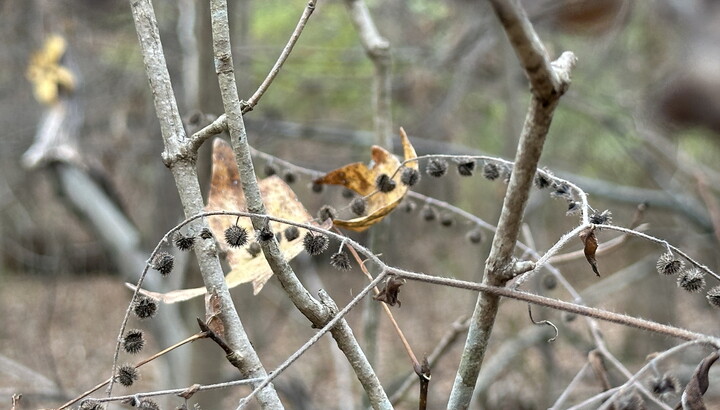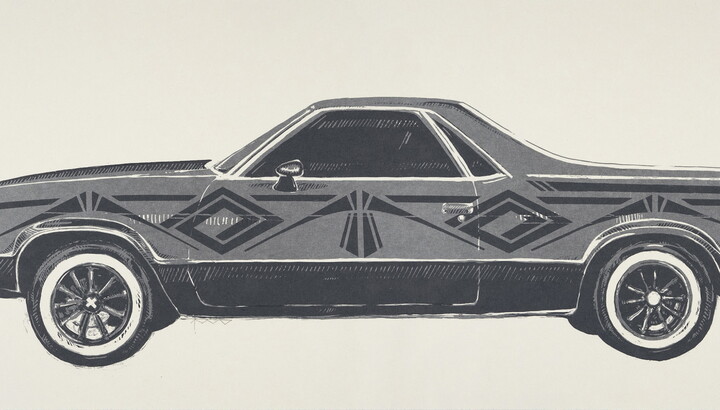The Carter Blog
Carter ARTicles
Q&A with artist Dario Robleto
Feb 21, 2024
Carter members receive our biannual Carter Magazine, filled with stories you can only get from the Carter (not a member? Join now!). The current issue features an exclusive Q&A with Dario Robleto, an artist, writer, and filmmaker based in Houston, Texas. We talked with him to learn more about the inspiration behind his upcoming exhibition at the Carter, Dario Robleto: The Signal, on view May 12 through October 27, 2024. Below is the extended article from the Carter Magazine.
How has technology impacted your artistic practice?
For the past decade, I have been committed to exploring the technological history of two seemingly different pursuits, but which, I would argue, are fundamentally connected: the quest to capture an image of a beating heart, and the search for other life in the universe. Although the machines behind these endeavors are “technologies,” they are also existential and poetic. They form a lesser-known poetic history of technology, one I call the “tender sciences.”
What inspired you when creating Ancient Beacons Long for Notice, the third and final film in your trilogy?
The film revolves around a central inspiration of my life, one I was engaged with long before I knew I would become an artist: the Golden Record. This object—an LP record coated with gold—is bolted to the sides of NASA’s deep-space probes Voyagers I and II. Launched in the late 1970s, these probes were the first to explore the outer planets, and they each carry historical and cultural records. Considered the most ambitious “messages in a bottle” humanity has ever crafted, the records are designed as “goodwill greetings,” grooved with languages, images, music, and sounds, in case any other life forms happen upon them millions of years from now in the depths of space.
What is Ancient Beacons Long for Notice about?
The film, and the entire trilogy, takes a poetic look at what humanity means by “the search for life.” I argue that, whether scientifically or poetically, the quest to know our own and one another’s heart, and the search for life in the universe, share a core longing: We are beings who want to know if we are alone and if that loneliness will end or endure. And we have invented the most exquisite technologies to search internally and externally, hoping to find an answer. Ancient Beacons Long for Notice, the final film in the trilogy, turns its attention to the decisions that went into choosing the content to include on the Golden Record and ponders the question: What is our moral obligation to present a “full accounting” of the last memory of humanity, and who has the right to curate that narrative? The film tells the story of one woman on the team who asked this question and chose to do something quite radical about it.
In what ways can an artist be an innovator? And in what ways do you see yourself as an innovator?
I take great pride in innovating how to uncover hidden poetic meaning in materials. I have explored everything from the inner ear bones of now-extinct whales to the dust gathered from a seashell necklace once worn by Jimi Hendrix. But I strive to innovate the most in how art can express, expand, and evolve empathy. We don’t often think of empathy, or how we express it, as an “innovation,” but evolutionarily speaking, it was one of the most significant behaviors to emerge from conscious beings. But just because it arose in us doesn’t mean it has stopped evolving. In fact, many cultural forces also evolve to work against it, and I understand art’s ultimate purpose within this dynamic. Each generation has to identify why empathy matters, what new forces are working against it, and how we can re-establish a balance through the power of art.
How does your work relate to the world today? Specifically, how is your work tied to present-day technology?
Like the previous answer, I want to articulate more clearly why the erosion of empathy is an urgent matter today. Technologically speaking, there are probably no two better examples of these consequences than the psychological toll of social media and the “alignment problem” with A.I., since “intelligent” algorithms will not understand or care about the fate of humanity because they are missing the capacity to empathize. But I believe in art’s ability to frame the consequences of the erosion of empathy and offer new ways to express and evolve it.
What do you hope visitors will take away from Dario Robleto: The Signal?
The artworks in the exhibition ask specific questions. I hope viewers will leave pondering these questions and surprised by the ways they might be answered: Are we alone? Does love survive the death of cells? What do we owe to the memories of one another’s hearts?
Dario Robleto: The Signal is on view May 12 through October 27, 2024.





